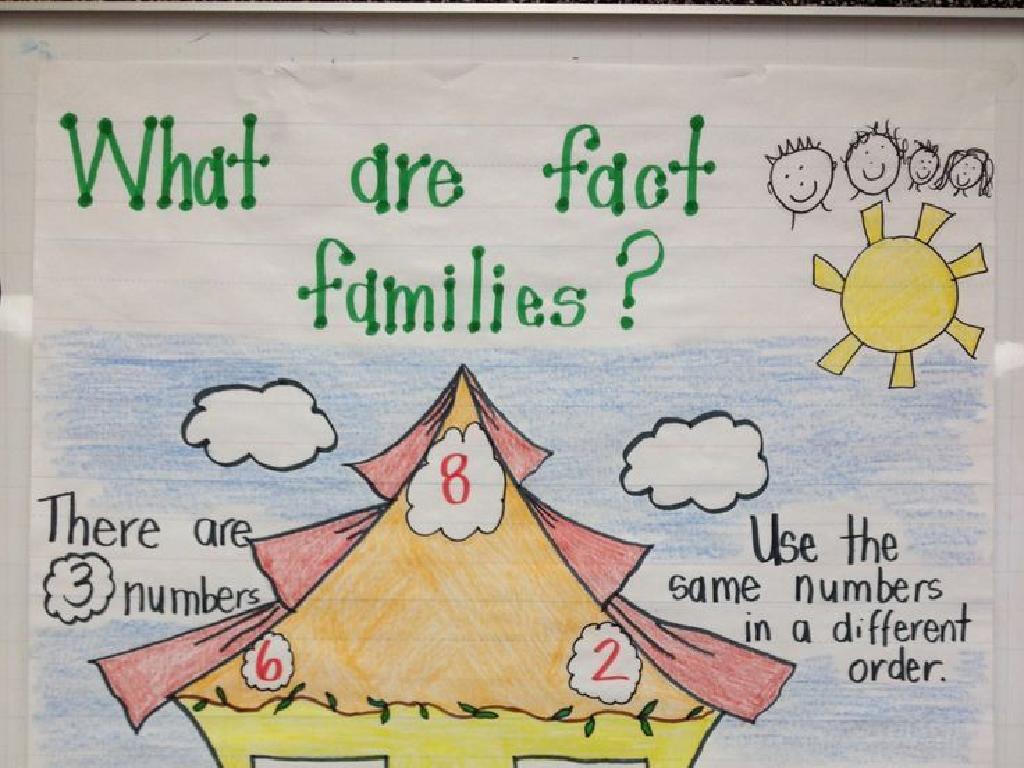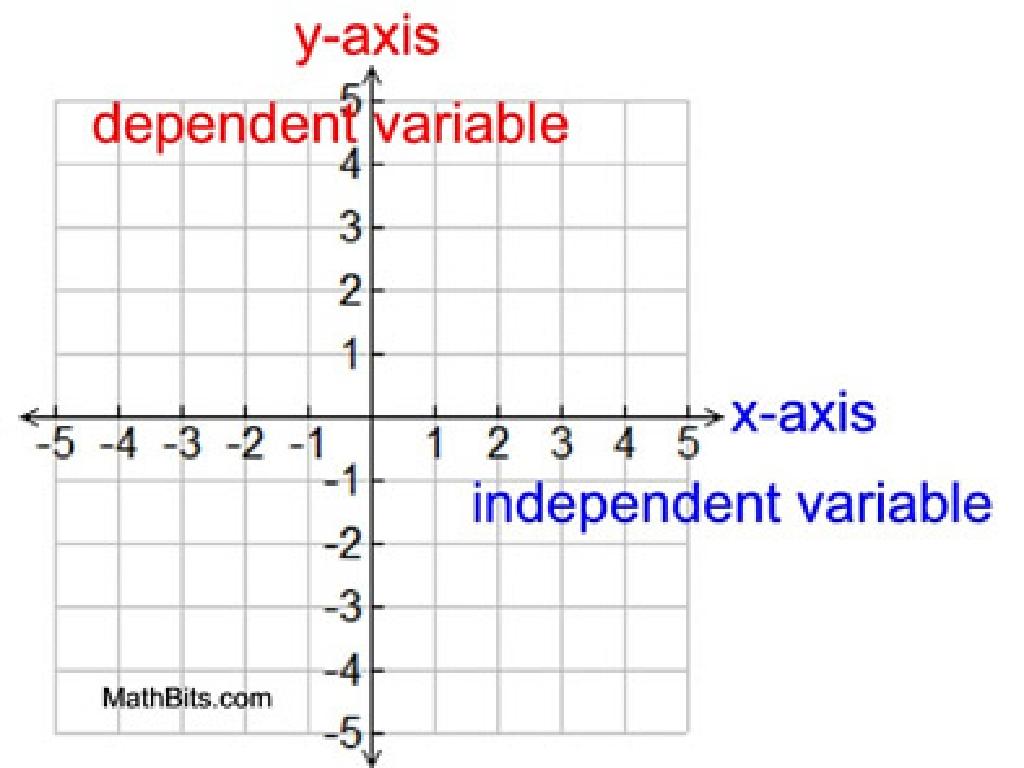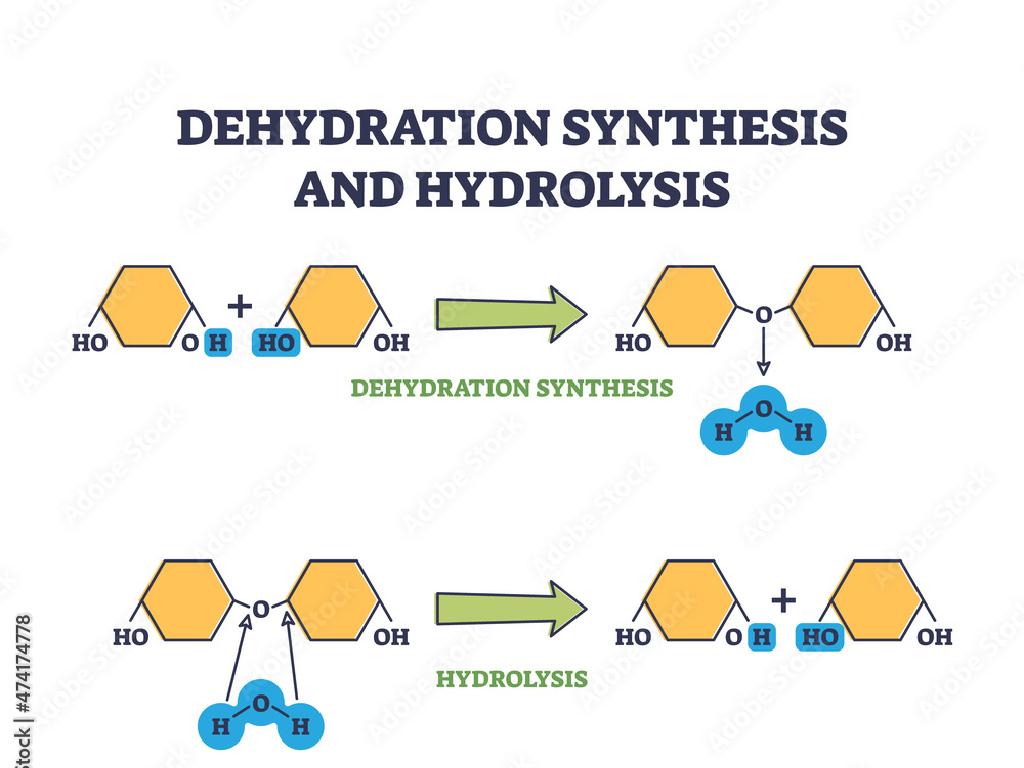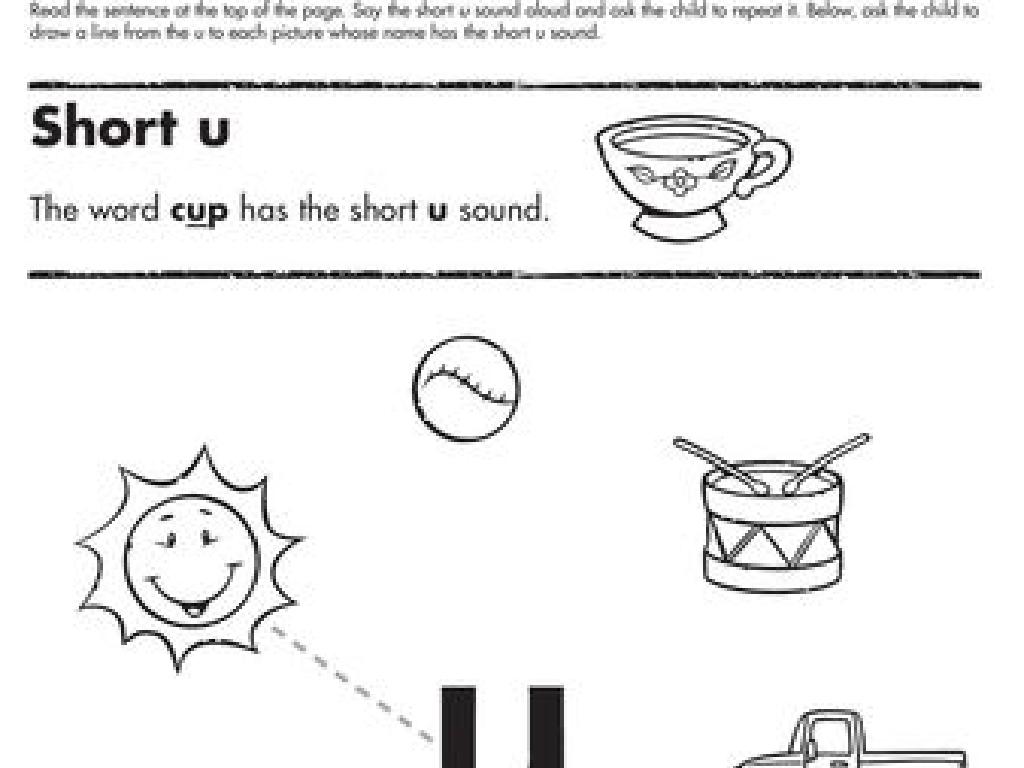Form Regular Plurals With -S, -Es, And -Ies
Subject: Language arts
Grade: Third grade
Topic: Nouns
Please LOG IN to download the presentation. Access is available to registered users only.
View More Content
Today’s Adventure: Plural Nouns!
– Discover what a noun is
– A noun is a person, place, thing, or idea
– Singular vs. Plural Nouns
– Singular means one, plural means more than one
– Forming plurals with -s
– Add ‘s’ to most nouns to make them plural, like ‘cats’
– Forming plurals with -es and -ies
– For words ending in ‘sh’, ‘ch’, ‘x’, ‘s’, or ‘z’, add ‘es’; for words ending in ‘y’, change ‘y’ to ‘ies’ for ‘bunnies’
|
This slide introduces the concept of nouns and their plural forms to third-grade students. Begin by explaining what a noun is with relatable examples. Then, differentiate between singular and plural nouns, emphasizing the idea of ‘one’ versus ‘more than one’. Teach the general rule of adding ‘s’ to make regular nouns plural. For nouns ending with specific letters, explain the need to add ‘es’ or change ‘y’ to ‘ies’. Use visual aids and examples for each case. Encourage students to think of their own examples and write them down. This will set the foundation for understanding how to form regular plurals, a key skill in language arts.
Singular and Plural Nouns
– What is a singular noun?
– A singular noun names one person, place, thing, or idea.
– Examples of singular nouns
– ‘dog’, ‘cat’, ‘house’, ‘teacher’ are all singular nouns.
– Forming plurals with -s, -es, -ies
– Add ‘s’ to most nouns, ‘es’ to nouns ending in s, x, z, ch, sh, and ‘ies’ to nouns ending in y after a consonant.
– Practice identifying singular nouns
– Find singular nouns in sentences we read together.
|
This slide introduces the concept of singular nouns to third-grade students and begins to explore the rules for forming regular plurals. Start by explaining that a singular noun represents just one item. Provide clear examples that the students can relate to, such as ‘dog’ or ‘teacher’. Then, explain the basic rules for turning singular nouns into plurals by adding -s, -es, or changing y to ies. Engage the students with an activity where they identify singular nouns in sentences, reinforcing the concept through practice. This activity will prepare them for the next step: forming plural nouns.
Making Plurals with -s
– Add -s to make nouns plural
– ‘dog’ becomes ‘dogs’
– Singular: one dog, Plural: more than one dog
– ‘cat’ turns into ‘cats’
– Singular: one cat, Plural: more than one cat
– ‘house’ changes to ‘houses’
– Singular: one house, Plural: more than one house
|
This slide introduces the basic rule of forming plurals by adding -s to singular nouns, which is the most common way to make plurals in English. Start by explaining that a singular noun names one of something, while a plural noun names more than one. Use clear, everyday examples like ‘dog’, ‘cat’, and ‘house’ to illustrate the concept. Encourage the students to practice by writing down singular nouns and their plural forms. You can make this interactive by asking students to come up with their own examples and write them on the board. For homework, they could find five singular nouns in their favorite book and write the plural forms.
Forming Plurals with -es
– Add -es to certain ending nouns
– Use -es for nouns ending in s, x, z, ch, sh
– Examples: ‘buses’, ‘boxes’, ‘watches’
– ‘bus’ becomes ‘buses’, ‘box’ to ‘boxes’, ‘watch’ to ‘watches’
– Group activity: Discover -es plurals
– Find nouns ending in s, x, z, ch, sh and write their plurals
– Share findings with the class
– Each group will present their plural words
|
This slide introduces the rule for adding -es to form plurals, specifically for nouns ending in s, x, z, ch, and sh. Start by explaining the rule and providing clear examples. For the group activity, students will work together to identify nouns that fit the criteria and then write their plural forms. Provide a list of suitable nouns for the students to work with if necessary. After the activity, facilitate a discussion where each group shares their findings. This will reinforce the rule and allow students to learn from each other. Encourage students to think of additional words outside of the provided examples and praise creative and correct plural forms.
Plural Nouns: Changing Y to I and Adding -es
– Rule: Consonant + Y to I + -es
– Example: ‘baby’ to ‘babies’
– When ‘baby’ ends with a ‘y’, it becomes ‘babies’ in plural
– Example: ‘puppy’ to ‘puppies’
– ‘Puppy’ ends with ‘y’ too, so it changes to ‘puppies’
– Activity: Make singular nouns plural
– Change ‘city’, ‘lady’, ‘party’ to plural form
|
This slide introduces the rule for forming plurals when a noun ends in a consonant followed by ‘y’. The ‘y’ changes to ‘i’ and ‘-es’ is added. Provide clear examples with ‘baby’ and ‘puppy’ to illustrate the rule. For the individual activity, students will apply this rule to other nouns ending in ‘y’. Encourage them to think of more examples and write the plural forms. This exercise helps reinforce the rule and allows students to practice their spelling skills. Possible activity variations could include writing sentences with both singular and plural forms, or a word search with singular nouns to be converted to plural.
Plural Nouns: Exceptions to the Rules
– Some nouns are irregular
– ‘Child’ becomes ‘children’
– It doesn’t follow the -s, -es, or -ies rule
– ‘Mouse’ changes to ‘mice’
– Notice ‘mouse’ doesn’t add -s or -es
– Think of other exceptions
– Share any unusual plurals you know
|
This slide introduces students to irregular plural nouns, which don’t follow the standard -s, -es, or -ies rules. Start by explaining that while many words become plural by adding -s, -es, or -ies, some words change completely. Use ‘child’ and ‘mouse’ as clear examples. Encourage students to think of other nouns that might have unique plural forms. This discussion helps students recognize patterns and exceptions in language, which is crucial for their language development. For the activity, students can work in pairs or small groups to brainstorm a list of irregular plural nouns, which they can later share with the class. This interactive approach will help reinforce the concept and make the learning process more engaging.
Class Activity: Plural Scavenger Hunt
– Find classroom items for plurals
– Work in pairs to list items
– Apply -s, -es, and -ies rules
– For example, ‘box’ becomes ‘boxes’ and ‘baby’ becomes ‘babies’
– Share your plural words list
|
This interactive activity is designed to help students understand and apply the rules for forming regular plurals. Students will work in pairs to search the classroom for items they can pluralize, reinforcing the concept through practical application. As they list items, remind them of the rules: most nouns just add -s, nouns ending in s, x, z, ch, or sh add -es, and nouns ending in a consonant followed by y change the y to i and add -es. After the scavenger hunt, each pair will share their list with the class, providing an opportunity for peer learning. Possible variations of the activity could include finding items in a book, on a poster, or even thinking of items outside the classroom to pluralize.
Plural Power: Review and Practice
– Review plural noun rules
– Remember, we add -s, -es, or -ies to make most nouns plural.
– Write singular and plural nouns
– Choose nouns like ‘cat’ for ‘cats’ or ‘bus’ for ‘buses’.
– Share your plural noun list
– Tell us your words and how you made them plural.
– Class discussion on plurals
|
This slide is aimed at reinforcing the students’ understanding of forming regular plurals. Begin by reviewing the rules: most nouns become plural by adding -s (dog/dogs), nouns ending in s, x, z, ch, sh get -es (box/boxes), and nouns ending in a consonant + y change y to i and add -es (baby/babies). Have the students write down five singular nouns and their corresponding plural forms, focusing on these rules. After writing, students will share their answers with the class, which will help them learn from each other and clarify any misconceptions. Encourage participation and praise correct usage, while gently correcting any mistakes. This activity will help solidify their grasp on regular plural formation.
Plurals Homework Challenge
– Congrats on learning plurals!
– Homework: Find 10 singular nouns
– Look around your home for items
– Write the plural forms
– Add -s, -es, or -ies to make them plural
– Share your plurals in class
|
This slide wraps up the lesson on forming regular plurals and transitions students into a practical homework assignment. The task reinforces their understanding by having them identify singular nouns in their everyday environment and convert them to their plural forms using the rules they’ve learned. Encourage students to think about the spelling changes that occur when forming plurals, especially the differences between adding -s, -es, or changing -y to -ies. Remind them to be prepared to share their findings in the next class, fostering a collaborative learning environment where they can learn from each other’s discoveries.






